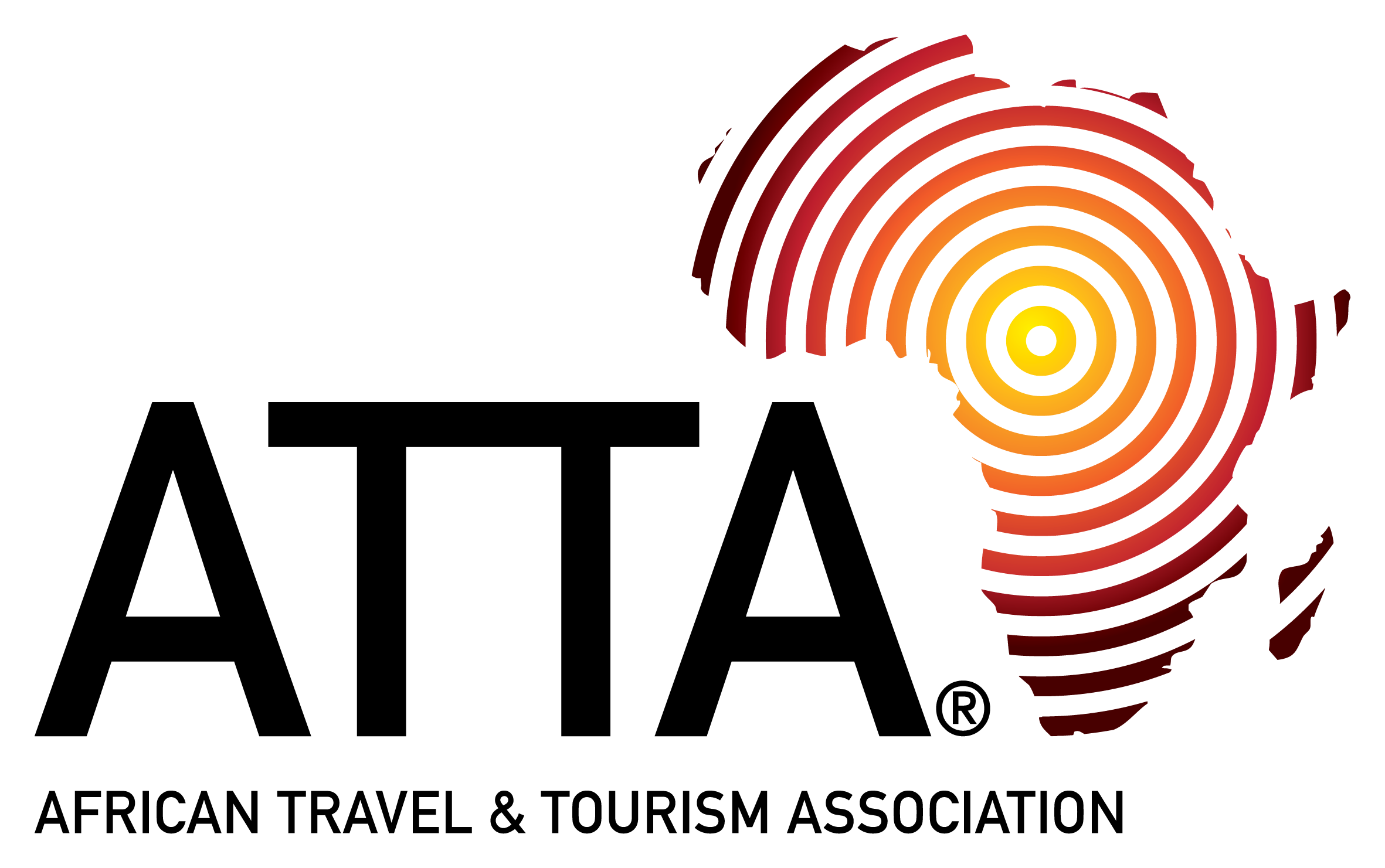Day 1: Arrive Colombo
On arrival at Colombo airport, you will be met by our local representative and escorted to the Ramada Hotel, in the city centre, for one night (inc. breakfast).
Ramada Hotel
The Ramada Hotel is conveniently situated within walking distance of Galle Face Beach, in the heart of Colombo’s financial district. It’s a well-presented 4-star hotel, with pool, gym, sauna, 24-hour room service and full Wi-Fi coverage across the hotel.This evening, embark on an insightful tour of Colombo with a resident guide and host. Local guide Mark, or one of his colleagues, will collect you late this afternoon to begin your walk. The tour will take you through the history of Colombo, starting with its 17th-century Dutch and British colonial-era heritage, through to the city’s modern landmarks. If you’re wanting an escape from the tourist hotspots, Mark can include a visit to some of Colombo’s local markets, such as Pettah, and to a traditional tea house.
There has been much effort in recent years to restore Colombo’s heritage buildings – though many have a certain charm in their current, somewhat shabby state! – making now a great time to visit Colombo, while the city and its heritage is in a state of transition.
For dinner, we recommend the popular Ministry of Crab at the Old Dutch Hospital.
Day 2: Colombo to Lake Kandalama
After breakfast, transfer by private vehicle to Sigiriya, stopping for refreshments at Saruketta in Kurunegala en-route. On arrival, check into Amaya Lake Resort for two nights (inc. breakfast).
Amaya Lake Kandalama
Set on the banks of the magnificent Kandalama Lake, Amaya Lake Resort captures the essence of Sri Lankan design, culture and tradition. An upmarket resort and spa set amid 50 acres of private gardens, it enjoys marvellous views of the lake and the surrounding wilderness.Amaya Lake Resort accommodates its guests in 120 rooms and suites, which have been decorated in soft, earthy tones that blend in sympathetically with the surrounding landscape. Facilities include a large outdoor pool, Ayurvedic spa, and a selection of dining venues.
In the evening, set out on a 4x4 game drive into Minneriya National Park to see Sri Lanka’s famous wild elephants.
Declared a wildlife sanctuary in 1931, Minneriya is one of Sri Lanka’s most beautiful parks. Almost 90sq km in size, it encompasses a diverse eco-system of wetland, forest and scrub, centred on the ancient Minneriya Tank, a 3rd century manmade reservoir. Most famous for its wild elephant, which congregate on Minneriya’s open plains in vast herds, the park is also notable for its rarer mammals, including sambar deer, leopard (very rarely sighted) and the endemic to Sri Lanka toque macaque monkey.
Minneriya also has much to offer bird enthusiasts, as one of the 70 designated Important Bird Areas of Sri Lanka.
Day 3: Sigiriya and Polonnaruwa
After an early breakfast, embark on a busy day of sightseeing, taking in the highlights of Sri Lanka’s famous ‘cultural triangle’ – Sigiriya and Polonnaruwa.
Sometimes dubbed the Eighth Wonder of the World, the Sigiriya rock citadel is Sri Lanka’s most spectacular monument. Built in the 5th-century AD, during the reign of King Kasyapa, it’s an astounding feat of engineering, as well as a spectacular example of early Sinhalese art and iconography.
Allow 3-4 hours to climb to the summit of Sigiriya. It’s a steep climb but worth the effort for the marvellous views from the top. Close to the summit, you pass through the “Lion Paws”, which overlook the former royal gardens below, presenting a splendid spectacle.
Take the time to examine the Lion Rock’s intricate frescoes, which recall the Gupta style of paintings found in India, and the equally stunning “mirror wall”, with its ancient graffiti.
Before leaving Sigiriya, be sure to pay a visit to the museum at its entrance, which explains how the citadel’s sophisticated irrigation system was once used to pump water to its summit. After exploring the citadel, travel back to your lodge for lunch.
In the afternoon, explore the ancient ruins at Polonnaruwa.
Polonnaruwa rose to prominence following the fall of Anuradhapura. The crown jewel of King Parakramabahu I, it served as Sri Lanka’s capital during the middle ages, and remains one of the country’s most impressive repositories of tradition and culture.
Allow 2-3 hours to explore within Polonnaruwa’s old stone walls, where you’ll encounter crumbling stupas, reclining Buddha statues, and intricately-carved Hindu sculptures, before returning to Amaya Lake Resort. The evening is at leisure.
Day 4: Dambulla - Nilaweli
Check out after breakfast and travel north to Dambulla. Comprised of five separate caves housing over one hundred Buddhist statues and paintings, Dambulla is Sri Lanka’s largest and best-preserved cave temple complex, containing some of the country's most evocative expressions of religious art.
The history of the Dambulla Rock Temples dates back as far as the 1st century BC, when building was begun by King Vattagamini Abhaya and continued by the monarchs that succeeded him.
Adjoining the Dambulla Rock Temples is the Golden Temple, said to date back to the 5th-century BC.
After exploring Dambulla, continue approx. 2½ hours by private vehicle to Nilaveli Beach, a beautiful stretch of golden sand on Sri Lanka’s little-visited north-eastern coastline. Check into Anilana Nilaveli Beach Resort for two nights (inc. breakfast).
Anilana Nilaveli
Opened in 2014, Anilana Nilaveli is a fabulous beachfront resort situated in private gardens directly overlooking Nilaveli Beach. Nilaveli’s premier resort, it features a huge outdoor pool and sun terrace, as well as an Ayurvedic Spa offering a full range of treatments.Anilana’s 54 rooms are spacious and elegantly furnished. Most overlook the pool and terrace, though the best enjoy a view of the ocean.
The afternoon is free for you to chill on the beach. Activities available at Nilaveli include diving, deep sea fishing, kayaking and guided tours of Pigeon Island. Tomorrow, you’ll have a tour of the old harbour town of Trincomalee.
Day 5: Trincomalee
After breakfast, embark on a guided tour of Trincomalee (or ‘Trinco’, as it’s affectionately known), accompanied by a local guide.
Though you wouldn’t know if from its languid air and sleepy pace of life, Trincomalee has been a site of great historical significance at various times in Sri Lanka’s history. Occupying one of the finest deep-water harbours in the world, the port was fought over by the colonial powers during the 17th, 18th and 19th centuries, changing from Portuguese to Dutch and later British hands, a legacy that is visible in much of Trinco’s architecture, including the dramatic 17th-century Fort Frederick.
Much older are Trinco’s numerous Buddhist temples. Studded with ancient temple ruins, the Trincomalee district is thought to be among the most significant sites of Buddhist cultural and archaeological heritage in Sri Lanka, though few of the temples remain except in ruin. In their place stand modern Hindu shrines, including the impressive Koneswaram Kovil, notable as much for its dramatic location on Swami Rock as its architecture.
You’ll have time to explore the temple complex and admire the views from Swami Rock this afternoon. Keep an eye on the ocean while exploring – this site offers some of the best blue whale-watching opportunities in the world, with the most impressive sightings between March and November!
You’ll be returned to Anilana Resort at the end of your tour. The rest of the afternoon is free to relax and enjoy the beach.Day 6: Nilaveli to Jaffna
After breakfast, transfer to Jaffna by private vehicle (approx. 4 hours). On arrival, check into Jetwing Jaffna for three nights (inc. breakfast).
Jetwing Jaffna
Jetwing Jaffna Hotel sits in the heart of old Jaffna, from where it enjoys marvellous views of the town and surrounds. One of the few international-standard hotels in the city, it offers comfortable accommodation in 55 deluxe rooms, decorated in a contemporary style and equipped with all the expected modern amenities. The Jetwing’s restaurant serves a mix of local and international dishes, including traditional Jaffnanese and South Indian food.Day 7: Jaffna
After breakfast, embark on a tour of Jaffna in the company of an experienced local guide.
The town of Jaffna, or Yaalpaanam as it is locally known, is a fascinating mix of colonial charm and Tamil culture. Surrounded by the Indian Ocean and the Jaffna lagoon, this part of the country attracts few visitors but has much to offer intrepid travellers with an interest in history and culture!
The north of Sri Lanka is a very different place to the rest of the island, being closer to southern India than it is to Colombo, both culturally and geographically. Its distinctive Tamil and Hindu culture has long separated it from the predominantly Buddhist south.
For visitors, Jaffna offers a fascinating opportunity to explore an emerging region. Despite its troubled recent history, it remains a beguiling mixture of colonial-era heritage and vibrant Tamil culture, quite unlike anywhere else in Sri Lanka.
Your tour today will take in some of Jaffna’s most interesting spots, from the old clock tower and Jaffna Cathedral to the stunning Nallur Kovil Temple.
Tomorrow you’ll have the chance to explore the Jaffna Peninsula and the surrounding islands, which offer isolated temples, beaches and more remote attractions.
Day 8: Jaffna Islands
After an early breakfast, transfer to the port where you catch a boat ride to Neduntivu Island.
The largest island in the Palk Strait has variously been called Neduntivu, by the local Tamils residents; Delft, by its early Dutch colonisers; and Ilha das Vacas, by the Portuguese, who built a fortress here in the 17th-century, the remains of which can still be seen. It’s a beautiful island, with a laidback, sleepy atmosphere and stunning ocean views. You can explore the island on foot, stopping to view the giant baobab tree which stands as its largest landmark, and the Portuguese ruins.
Remnants of the colonial era still remain in the form of the Dutch Fort, Court House and the old Dutch stables.
The ferry returns to the jetty where you can take another boat for a short journey to visit two very colourful temples, before returning to Jaffna late this afternoon.
Day 9: Jaffna - Colombo
Transfer to the railway station after breakfast and board the morning train to Colombo. The journey takes 7½ hours, as you travel from the dry and arid north of the island to the green, temperate hills of central Sri Lanka before finally arriving into Colombo Central.
You will be met on arrival at the station and transferred to Lake Lodge for one night (inc. breakfast).
Lake Lodge
Opened in 2009 by Sri Lankan interior designer Nayantara “Taru” Fonseka, Lake Lodge is a stylish boutique hotel converted from a former mansion. The discrete, 13-room B&B enjoys a convenient location on a quiet residential lane close to the heart of Colombo’s commercial district. The service is unobtrusive and the rooms immaculately furnished.Day 10: Departure
At leisure until your scheduled transfer to the airport for your international flight home.
Journey to the North of Sri Lanka
Uncover an intoxicating mix of vibrant Tamil culture and colonial-era charm in Trincomalee and Jaffna
Journey to the North of Sri Lanka
Explore Sri Lanka’s cultural triangle, including such well known sights as Sigiriya and Polonnaruwa, before venturing north to the old Portuguese port city of Trincomalee and the Tamil capital of Jaffna, which was off limits for so many years. Although tourism is new to this area, the people are welcoming and the culture fascinating. A train journey returning to Colombo completes this 10-day itinerary.
Outline Itinerary
Price guide
Please contact the office for more information
A wonderful time in Costa Rica
I had a wonderful time in Costa Rica so BIG THANK YOU... I couldn't fault it if I tried!



